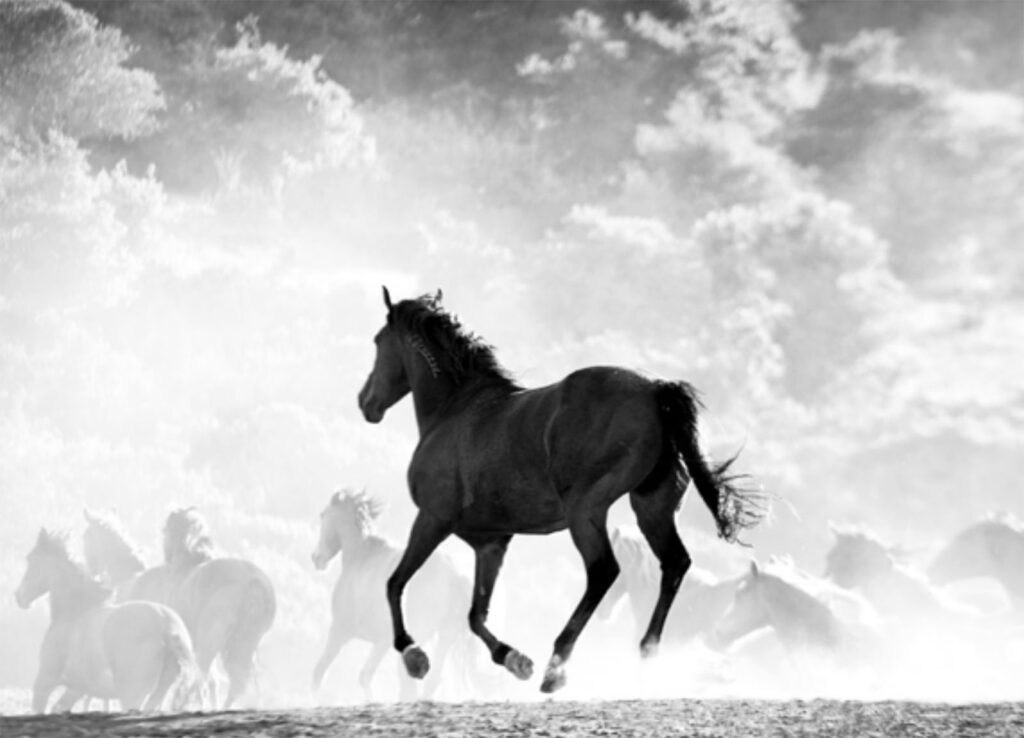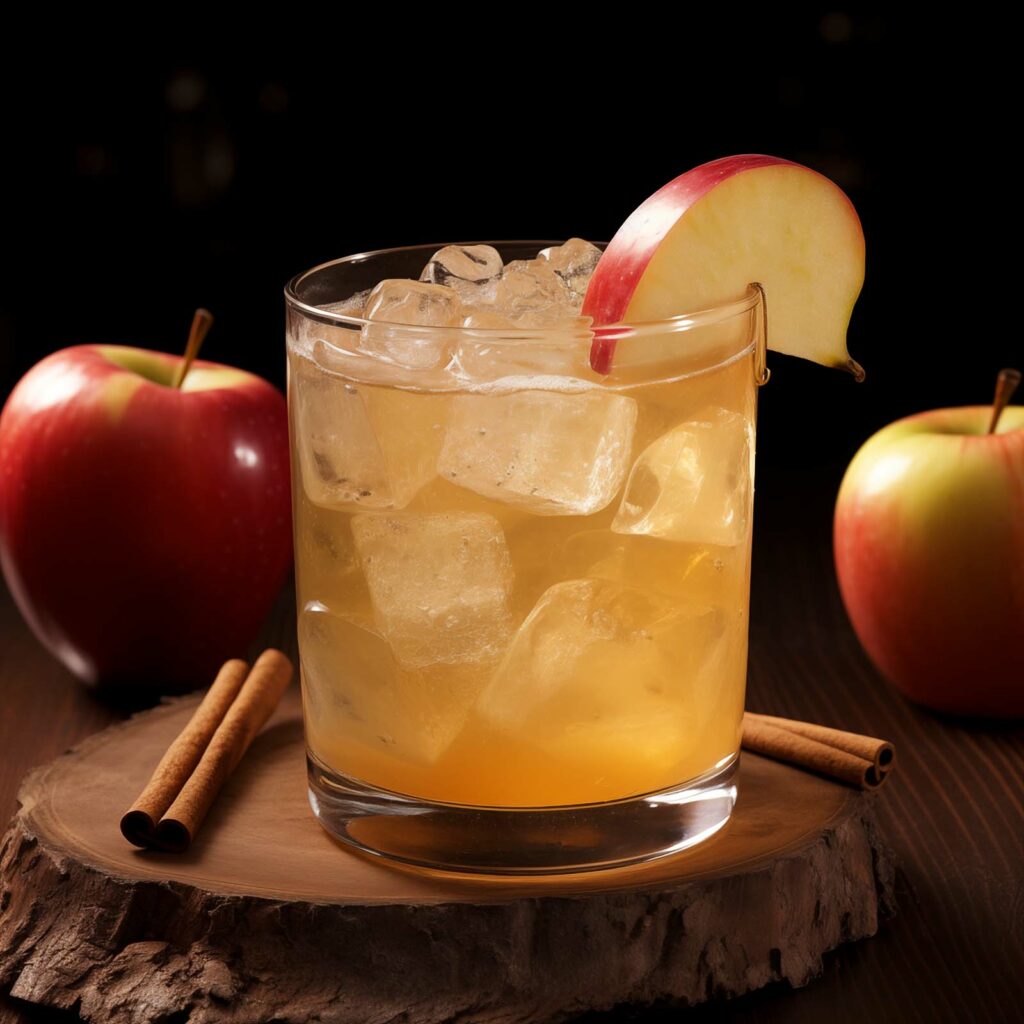Where Senior Living Meets Purpose and Community – NLG’s Approach
I am proud to say that at all levels of Nautical Lands Group, we understand the significance of creating environments that go beyond mere structures, focusing on community, well-being, and purpose for our seniors. As we navigate the landscape of senior living, it’s important to keep this in mind, so we are purposefully building communities that are aligned with the goals of the very people who will live with us.
Let’s delve into key elements that guide us in crafting thriving senior living communities.
- Clusters of One Storey Villas, mid-rise and hi-rise communities.
In the small to mid-size communities we build in, there is a focus on one-storey bungalow-villas and often there is a mid-rise component within the same site plan. This fosters a sense of connection between residents and the greater community, At NLG, we believe in creating living spaces that encourage social interaction among residents while providing a sense of autonomy and privacy. In our Hi-rise communities, we purposely locate all of our amenities between the first and second floors to ensure our members connect with not only each other but also with the greater community at large everyday. This is important to feeling connected to the world.
- Promenade
Our commitment to senior well-being extends to the outdoors and we celebrate the ability to live in a natural setting whenever we are able to. We design communities with pleasant walking paths, creating a perfect setting for physical activity, socialization, and a connection with nature. The promenade becomes more than just a walkway; it becomes a vital part of daily life, encouraging fitness and community engagement.
- Clubhouses and Atriums
Communal gathering spaces lie at the heart of our vibrant 55 plus senior communities. These spaces, whether it’s a cozy corner garden or a bustling clubhouse, serve as focal points for social activities, events, and shared experiences. It’s about creating spaces where seniors can come together, form connections, and thrive on their own schedules. We often hear that our community gathering spaces make people feel like they are on vacation at a 5-star hotel.
- Proximity to Community Services
Seniors deserve seamless access to the broader community. At NLG, we seek out communities that are large enough to deliver essential services and cultural experiences, but small enough to navigate easily. Ensuring that our resident members can easily feel and be connected to the world beyond their immediate surroundings and find many levels of health care when needed.
- Common Areas at the Heart
Placing communal gathering areas at the center of our Wellings communities is a deliberate choice. Our community centers and activity spaces are designed to be vibrant hubs where residents can engage in a variety of activities, from fitness classes to reading nooks and live music. Many communities enjoy a diverse variety of member led experiences. These spaces are not just amenities; they are the heartbeat of our communities.
- Activities and Hobbies
We understand the importance of fostering a sense of purpose among our seniors. Our communities encourage opportunities for meaningful activities and hobbies, by encouraging members to dig into passions they may have not had time to cultivate. Whether it’s taking a piano lesson, gardening, arts and crafts, or other creative pursuits, our seniors find avenues for personal fulfillment and contribution. Often sharing and offering their expertise to others.
- Paths and Goals
Navigating our communities should be a seamless experience for residents with varying mobility levels. Clear pathways, thoughtfully designed with accessible features, guide our seniors through environments that offer not just movement but a sense of purpose and destination. In several communities, walking trails are easily accessible right from their own front doors.
- Water features
Water features play a pivotal role in creating serene and visually appealing environments. Where space permits, we incorporate ponds, fountains, and other water elements to enhance the well-being of our members, providing spaces for relaxation and reflection.
At NLG and Wellings we are on a mission to change the way people perceive living in retirement. Changing where you live should not change the goals you have for a vibrant and healthy lifestyle, it should allow you the freedom to take the steps necessary to get where you want to go. By letting go of your home maintenance and your “ must do list” and picking up your nothing is stopping me, “ what’s on for the day” fun list, will slowly change your perception over time. Consider what you need from your surroundings to thrive and enjoy where you are in life.
Choosing an adult lifestyle community for living in retirement is a significant decision that goes well beyond the physical amenities. For NLG and Wellings, crafting thriving senior living communities goes beyond constructing physical structures; it involves designing spaces that prioritize community, accessibility, and purpose. It involves considering the overall atmosphere of the community. We are dedicated to creating environments where our seniors can truly thrive. We invite you to join us or visit one of the communities for yourself, as we continue on this journey towards redefining senior living with our members.


(Peter Gregor, VP Development for Nautical Lands Group, has been a leader in design and development for over 25 years and was entered into the “Global Healthcare” Hall of Fame in 2014)





























